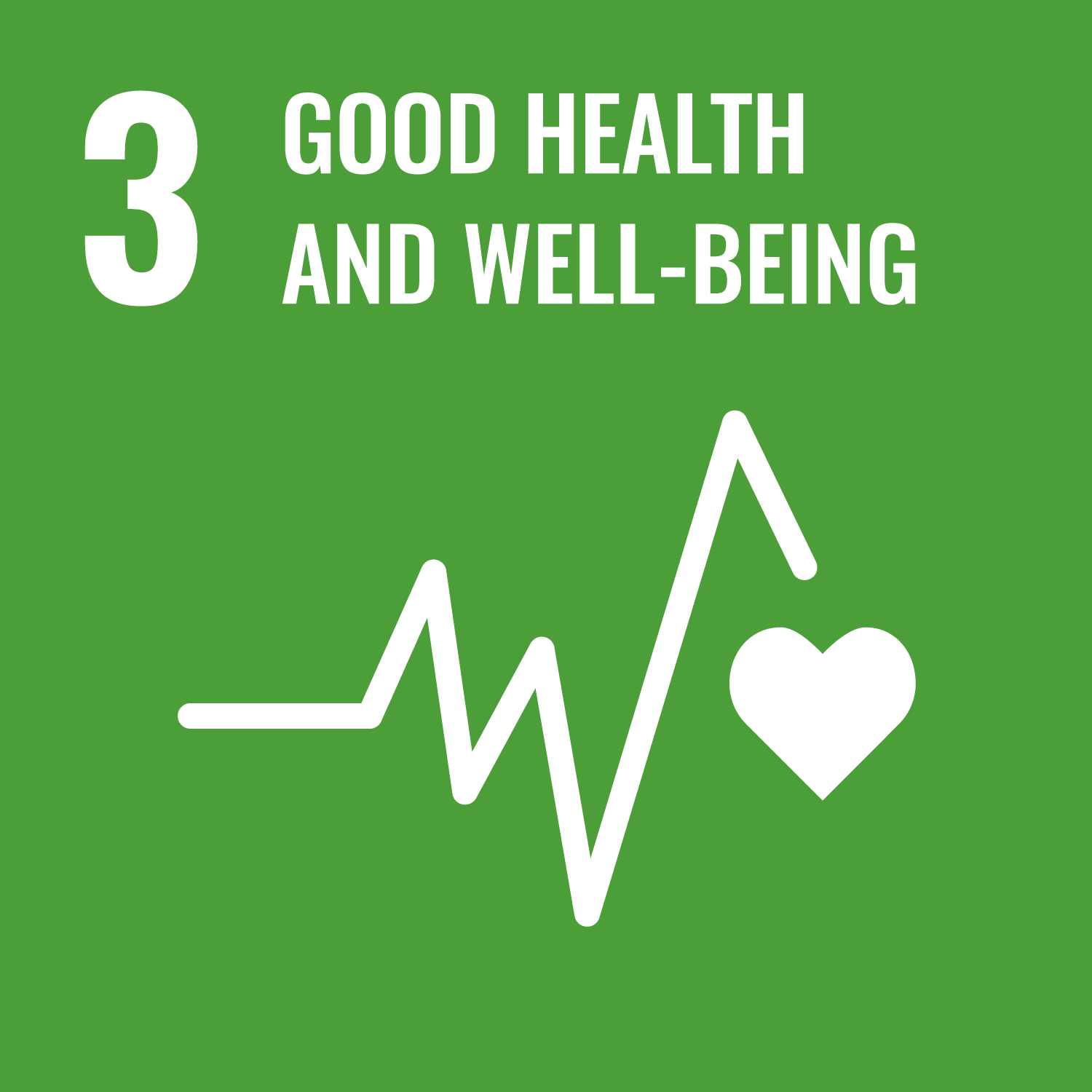
Create an autism-awareness charter
You’ll need
- Pens or pencils
- A4 paper
- Craft materials (for example, tissue paper, pipe cleaners, stickers)
Before you begin
- Use the safety checklist to help you plan and risk assess your activity. Additional help to carry out your risk assessment, including examples can be found here. Don’t forget to make sure all young people and adults involved in the activity know how to take part safely.
- Make sure you’ll have enough adult helpers. You may need some parents and carers to help if you’re short on helpers.
Decide what to say
- Show everyone ‘The big 5 things’ poster.
- Everyone should go through the 5 things and adult volunteers and/or young leaders should help everyone to understand them.
- Now, everyone should get into small groups.
- Tell everyone they're going to create an autism-friendly charter. This is a list of actions and steps that people can take to build a more autism-friendly community.
- Each group should choose an audience – who do they want to tell about autism? For example, it could be people in their local community, decision makers, other Scout groups or other people at their school.
- Each group should decide what they want to tell their audience. Which bits on ‘The big 5 things’ poster do their audience most need to know?
Make it catchy
- Groups should think about how to make information engaging on their charter. It needs to grab people's attention. The clearer the information is, the easier it will be for people to understand what they need to do.
- Each group should decide what to create. For example, they may want to make a poster, a collage, or a poem. It’s time to get creative!
- Groups could include some information about what autism is, what the big 5 things are, or offer some tips on how to support autistic people. They could also tell people how to find out more information about autism, such as by visiting the National Autistic Society’s website.
- Once completed, everyone should share their charter, and take some time to look at each others. People could talk through what they included on their charter and why.

This activity helps contribute towards some of the UN's Sustainable Development Goals. Find out more about the SDGs, and how Scouts across the world are getting involved.


Reflection
This activity needed everyone to communicate. Different groups may have chosen different methods of communication, from posters to poems. Do people feel confident that they communicated well? What sort of decisions did they have to make? They might’ve thought about words, colours, and pictures.
This activity was also a chance for everyone to help their community. Why is it important to share knowledge and tips with others? How will the charters make the world a better place?
Safety
All activities must be safely managed. You must complete a thorough risk assessment and take appropriate steps to reduce risk. Use the safety checklist to help you plan and risk assess your activity. Always get approval for the activity, and have suitable supervision and an InTouch process.
Groups could create more than one charter for different audiences. How are they different? People might think about who’s likely to read them, how much time they might have, and how they might be feeling.
If anyone’s autistic (or has a close friend or family member who is), you might want to chat to them (and perhaps a parent or carer) before you do this activity and make a few tweaks so they feel comfortable joining in.
All Scout activities should be inclusive and accessible.
